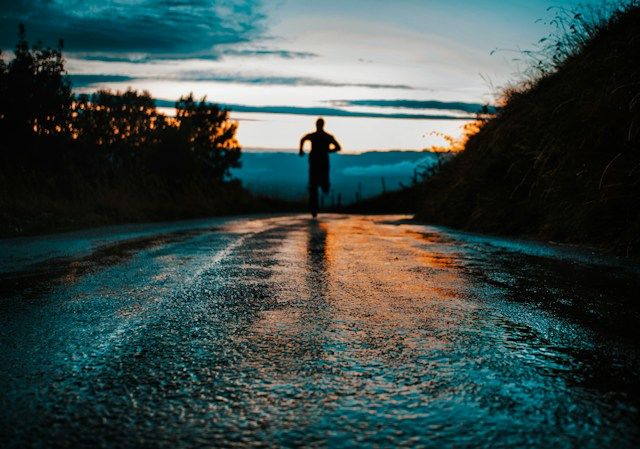.svg)


Traditionally, endurance athletes have focused on high-carbohydrate diets prior to prolonged training sessions or events, termed “carbo-loading”; akin to filling the car fuel tank to the brim before embarking on a long drive. In contrast to this long-held practice, some athletes are completing certain training sessions in a fasted state.
While there are several ways to train in a fasted state, as discussed in this review, the current article will focus on one method that is achieved with minimal thought and effort: overnight fasted training. The name certainly gives the details away: wake up, get ready, and head out for your run or cycle before consuming any caloric foods.
Are these breakfast-skippers onto something? Perhaps.
Endurance training in a fasted state is a hot topic of research and the results hint it might be an effective strategy to induce metabolic adaptations and even boost performance. But is the evidence conclusive? Let’s take a look:
Despite the equivocal evidence either supporting or negating the performance benefits of overnight fasted training, the practicality is indisputable. Many athletes and working individuals need to train outside the 8 am to 5 pm working hours. The obvious solution? Training in the early hours of the morning. Considering that it wouldn’t be wise to eat right before a run or that most people don’t desire a meal at 5 am, these early morning training sessions occur in a fasted state.
Moral of the story: training in a fasted state may help you lose fat faster, but it isn’t guaranteed to make you run or cycle any faster.
Do what works best for you.